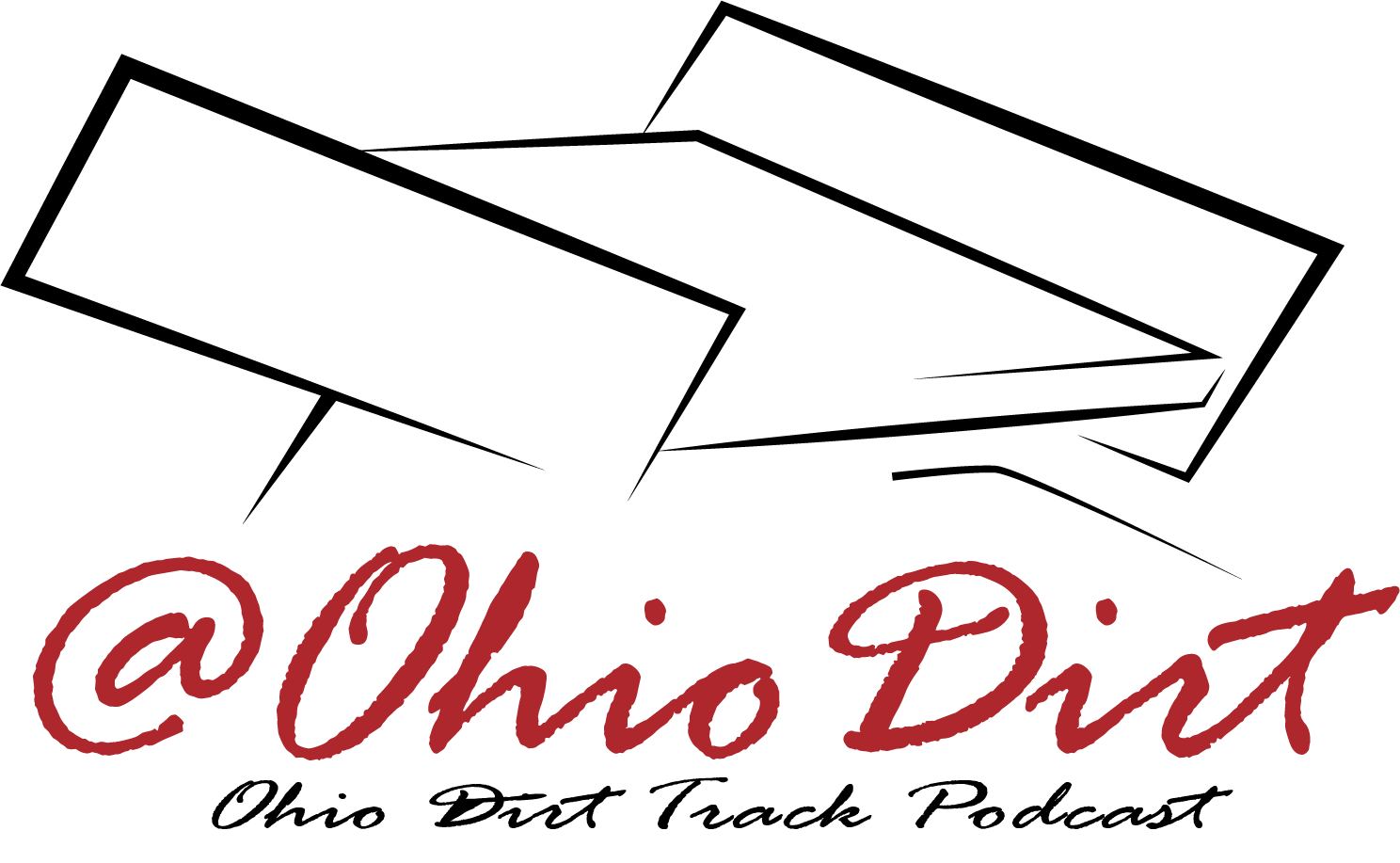Written by Jacob Hord, @HordRaceWatcher
Coming off of the news that both Kevin Thomas Jr. and Chris Windom are transitioning from USAC to full-time winged racing, there has been some discussion about the financial differences between running USAC full-time and running the All-Stars full-time. I decided to take a look into this, seeing as USAC now lost Tyler Courtney, KTJ, and Windom in the last two years to winged racing.
For Sunshine and Clauson-Marshall racing, winging it paid off big time in 2021. Courtney won the All-Star points championship worth $65k, and also won the 38th Kings Royal, which was a whopping $175k pay day. Courtney raced 43 times with the All-Stars in 2021, clicking off eight wins along the way with the series.
KTJ and Windom have limited winged experience going into 2022, much like Courtney in 2021. KTJ has committed to the All-Stars while Windom has not committed to a set schedule as of December 9th. Will these two find the same level of success that Sunshine did in 2021? My guess is probably not; I think Sunshine is an anomaly, and that’s not a dig on KTJ or Windom, and I’m not saying Sunshine’s year was a fluke.
But why have these three, arguably three of USAC’s best in the last few years, put a wing on it? There has to be a financial reason, right? For reference, Windom and KTJ respectively ran 86 and 83 USAC events in 2021 between the three national series (Sprint Cars, Midgets, and Silver Crown). As mentioned, Courtney competed in 43 All-Star races and select Outlaw races and probably finished with 50-60 winged starts in 2021. Sunshine also ran select USAC shows, as well, so he probably came in with 20ish less starts than KTJ and Windom in series racing.
Now for some meat and potatoes. Looking at the All-Star schedule, they’ll race 56 times in 11 states with a $345k championship purse. The 2022 All-Star champion will take home $80k, with 12th in All-Star points taking home $8k. Half of those 56 races pay above the $6k-to-win minimum, with 19 of those races paying $10k or more, highlighted by the Tuscarora 50 which will pay $55k-to-win. Throw in tow money, contingencies, and the opportunity to fill in off-weekends with events like the Kings Royal, and Knoxville Nationals, among other Outlaw events, and the All Stars have a pretty impressive package.
A winged team may have more costs, though. Multiple cars, motors, crew members, and other racing expenses can add up quickly and could break a team even quicker.
USAC teams have much of the same expenses, although these expenses could be spread out over two or three teams if a driver is racing in all three national series. Between the sprint cars and midgets, a driver could race 89 times in 13 different states. Add in the unreleased Silver Crown Schedule and a driver could get in 100+ races. But what about the payout comparisons? Between the sprint car and midget, a USAC driver will race for $10k or more 17 times under the USAC banner. That number could go up with the addition of the Silver Crown schedule and the BC39 date getting locked in. For the record, I cannot confirm what the USAC championship payout is for the series, so they were not included here.
For reference, an All Star driver is racing for $10k or more for a smidge under 33% of their scheduled races. A USAC driver races for $10k or more 19% of their races. But these numbers only matter if they’re winning. Indiana Sprint week featured an upgraded payscale in 2021, so take this with a grain of salt: USAC paid $6k-to-win and $600 to start during Indiana Sprint Speedweek, with a total A-main purse of $26,300 for each night. (Source: FloRacing)
In 2021, the standard All-Star race paid $6k-to-win and $550 to start, with a total A-main purse of $28,175. For a $10k-to-win All-Star show, the A-main purse is $37,175. (Source: All-Stars)
So, I think we can say that the All-Stars race for more money on average compared to USAC racing. But, (there’s always a but), we need to remember some things. One is, Windom and KTJ are on top of the game in USAC. They’re perennial front-runners and are often cashing those winner’s checks. Say they both run the All-Stars and are top 10 teams; they may not be winning as often and taking as much home each night as they could with USAC. This is part of the risk of running with a wing. You may not be making as much money right away. If Windom and KTJ struggle for a while, it could put a pretty big financial strain on their teams, setting them back.
On the other hand, if KTJ and Windom find success like Sunshine, then winged racing is where they’ll want to be, and their risk will be paying off. There are so, so, so many more variables than what has been talked about here. There’s filling in off-weekends with local racing vs. staying in the shop that week. If they do some local racing, how do payouts compare between winged in Ohio or Pennsylvania and non-wing in Indiana. Marketing plays a huge role in this as well. Maybe their sponsors see more engagement on the winged side and are more willing to put money towards a driver if they’re running with a wing.
At the end of the day, Sunshine, KTJ, and Windom have all thought about what they want to do, and that’s race with a wing. They see something there that makes winged racing more enticing than non-winged and ultimately, it’s their decision to make as to what’s best for them.
Oh, did I mention that late models can win $1,000,000 at Eldora?

